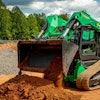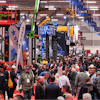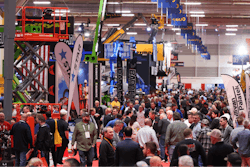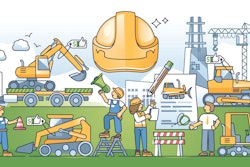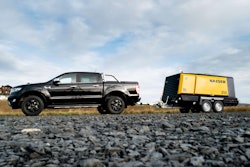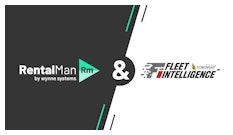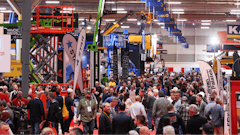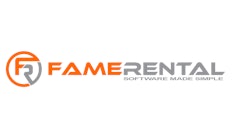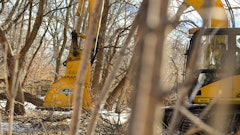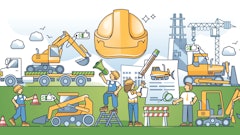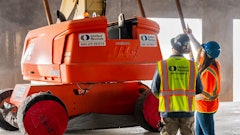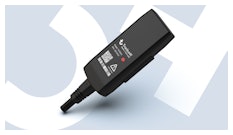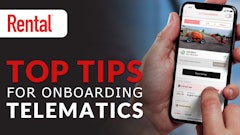
United Rentals’ Work United Tour 2024 was host to construction customers across the country. The company took the opportunity to walk attendees through its latest worksite performance solutions, digital tools for productivity, and practical sustainability solutions. The event allowed attendees to experience worksite innovations by touring a demonstration worksite to see how connectivity helps manage site access, equipment access, and inventory management. It also showcased a portfolio of solutions that help contractors maximize every phase of their projects.
While at the event, Rental was able to connect with Tony Leopold - SVP, Chief Technology and Strategy Officer at United Rentals.
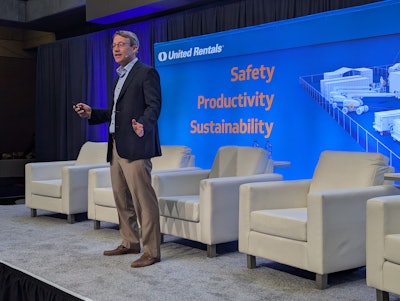 Tony Leopold, SVP, Chief Technology and Strategy Officer, United RentalsUnited Rentals
Tony Leopold, SVP, Chief Technology and Strategy Officer, United RentalsUnited Rentals
Leopold: I think one of the biggest trends that we're facing is the increasing value of data one can obtain with telematics. More and more OEMs are developing their own devices as a way to get better intelligence and data on their machines. From a service perspective, a service technician can diagnose issues remotely, whereas before you had to plug in a diesel laptop to see engine codes and so forth. The ability to access codes remotely and get intelligence about what's going on - whether it's around uptime or how the machine is being used - opens up accessibility and a level of intelligence that just wasn't there before.
I think accessing this kind of data remotely will become standard over time. This creates an opportunity for rental companies to become an aggregator of this data. We have a lot of equipment makes and models, each with their own data protocols. We have to take all this different information, harmonize it in a way that somebody can just see it in a single pane of glass. And we can do this for rental fleet, but also customer fleet, helping customers manage all the equipment on the worksite.
I think these capabilities create a data services opportunity that benefits everyone. OEMs benefit from it, and we certainly benefit from it and we can provide a better value for our customers.
Rental: Telematics isn't a new idea, though. Why do you think telematics has risen to such a key issue for construction and equipment rental lately?
Leopold: To your point, telematics has been around for a long time transmitting basic levels of information. What we're starting to see is more OEMs that are offering their own telematics and providing data through the CAN bus that are much richer data sets than before. That wasn't really readily accessible 10 years ago.
Another important factor is the growth of cloud computing and the ability to aggregate and handle the massive amounts of data telematics devices are generating. It’s really incredible how many data records a machine can produce. And with a large fleet, you have to have cloud processing to handle these data volumes. Cloud computing enables companies to create a platform to generate insight and consume that information. That's why I think it's becoming more prevalent now, but it's still in a journey. 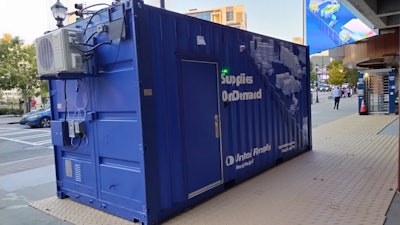
Rental: United Rentals is one of the larger entities in the equipment rental industry. What advice do you have for the independent rental companies? Is there something they could do in 2025 to stay more competitive?
Leopold: With independents, one of their key strengths is local relationships. Many small rental companies have owners that have been in business for a long time and have deep relationships in the industry. They often have a local customer base that trusts them.
Given how fragmented the contractor base is, locals still have an opportunity to compete effectively. A lot of what I was talking about with the telematics being built into these machines creates an opportunity for data integrators to provide a telematics platforms for smaller players that may not have large IT teams. There are several third parties that can make these tools accessible to local customers so local players will be able to offer telematics, along with web and digital experiences.
Rental: One of the panelists brought up the skilled labor problems in construction and the rental industry. How is United Rental addressing that situation? (Editor's note, United Rentals hosted a panel of customers representing different segments of their construction customer base.)
Leopold: We certainly see it on our side. We have to hire technicians. They have to learn how to work on our equipment across a variety of makes and models. It's no different than when you need a skilled trade that can do work - we need a skilled technician to service a machine. To address this we have programs where we train entry-level roles, like equipment associates, to learn how to be a service tech. This gives a meaningful career path and helps someone with no background as a tech start to learn our business and eventually the skills needed to service equipment. 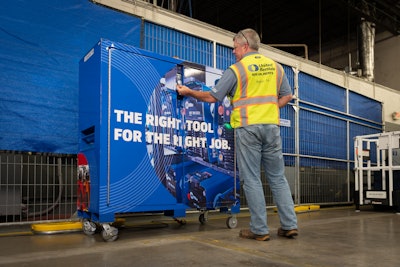 United Rentals
United Rentals
We're also starting to use augmented reality and other technologies where we have some workers that are nearing retirement or they want to work remotely in hours that are convenient to them. Through augmented reality, they can partner with a more junior tech see what it is they're seeing and give them advice and troubleshooting—mentor them on handling certain repairs and so forth. I think this "work from home," remote connectivity / augmented reality technology enables work to be more flexible and allows experienced technicians to continue to work longer than they were able to do and deliver have value.
We are also exploring how AI can help upskill our employees. With AI you can take an employee that maybe has relatively less training, but if you have the right digital support, you can actually get them to operate at a higher level by showing the step by step instructions. We're experimenting because we have to find a way to make it more accessible for new workers to learn how to fix equipment
Technology and AI plays a huge role, but we are still going to need people who want to do the work and learn the skills.

